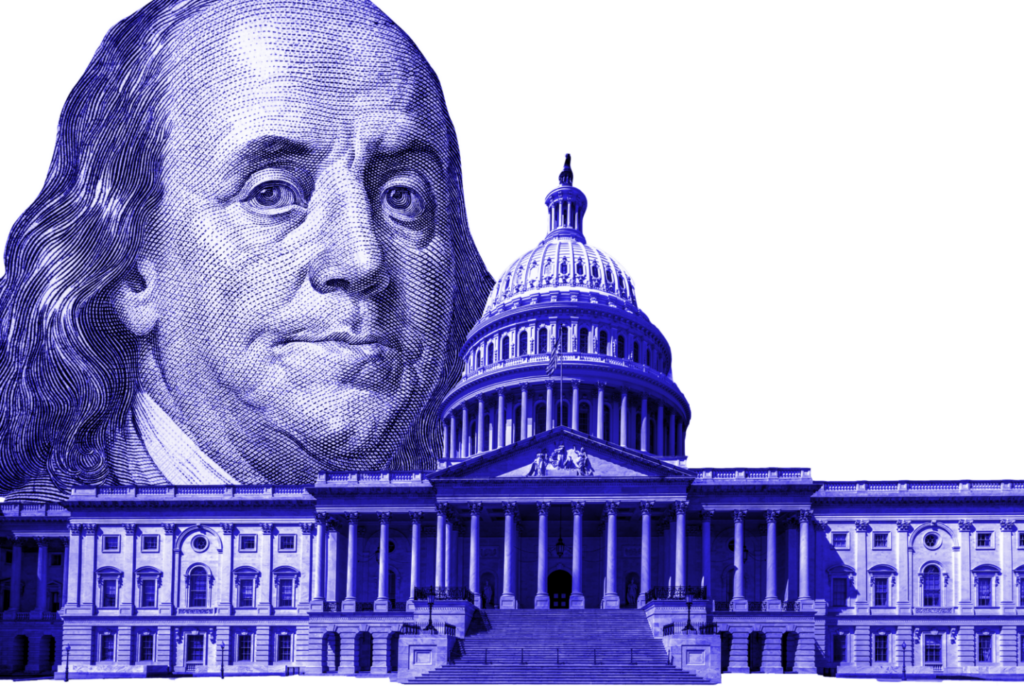Alarming trend of teachers’ unions donating to dark money groups continues
The 2022 midterm elections are less than a year away, and teachers’ unions are already posturing to influence the outcomes. According to new financial disclosures, the National Education…

The 2022 midterm elections are less than a year away, and teachers’ unions are already posturing to influence the outcomes. According to new financial disclosures, the National Education Association (NEA), and the American Federation of Teachers (AFT) have contributed $1.3 million to Democrats – and just $2,500 to Republicans.
That means for every dollar that teachers’ unions donated to Republicans, they’ve donated $520 to Democrats.
And that’s just the money donated directly to political campaigns. Teachers’ unions have already donated $1.6 million to “outside spending” groups ahead of the 2022 elections – that’s more than they’ve given to Democrats and Republicans combined.
In recent years, donations to these groups have skyrocketed, while donations to individual candidates and political action committees have remained suspiciously flat. In 2020, just 10% of teachers’ unions’ donations went directly to political candidates.
What are “outside spending” groups?

Source: opensecrets.org.
This category encompasses any political donation not directly given to a candidate’s campaign or political action committees. These gray area groups are able to accept unlimited sums of money – circumventing traditional campaign finance legislation. That’s because they indirectly spend these dollars on candidates—for example, through TV and radio advertising, which happens to be the largest campaign expense.
These groups include super PACs, which must disclose their donors, as well as dark money groups, which do not. The latter even includes some commonly known, powerful non-profits such as the NAACP and Planned Parenthood.
Dark money spending is growing. Watchdog groups have uncovered that since 2018, teachers’ unions have donated upwards of $22 million to dark money groups, such as the State Engagement Fund, Strategic Victory Fund and State Innovation Exchange, which are known to support progressive candidates and policies.
What does this mean for our kids?
In the vast majority of elections, the candidates with the most money win their races. Naturally, the largest donors will have curried favor with these politicians, giving them power and influence to shape the policy and future direction of our nation.
President Joe Biden summed up this symbiotic relationship when he spoke on the campaign trail in 2020. He was the top recipient of teachers’ union donations during that election cycle, and the ties run even deeper: First Lady Jill Biden is a member of the National Education Association (NEA).
He said, “You don’t just have a partner in the White House; you’ll have an NEA member in the White House. And if I’m not listening, I’m going to be sleeping alone in the Lincoln Bedroom.”
True to his word, since Biden’s inauguration, victories for the generous teachers’ unions have abounded:
- In February, teachers’ unions not only influenced the CDC on when and how to reopen schools, but went so far as to suggest language for the policy. Some of these suggestions were adopted – practically verbatim.
- In May, internal emails show that the Biden administration tightened its masking guidelines after receiving threatening emails from the NEA.
- And in July, the NEA created a specific task force to oppose legislative efforts to ban critical race theory and The 1619 Project from being taught in our classrooms.
Why this matters
In the past, teachers’ unions’ political posturing could cause disturbance by staging strikes, the longest of which began in 1986 in Homer, Ill., and lasted 156 days. Thirty five years later, a teacher at the time “still feels bad thinking about the children who missed learning opportunities because of the conflict.”
And today, as we’ve seen since the pandemic began, the teachers’ unions not only have the power to shut down in-person learning throughout the country, but also to dictate our national health policy to the CDC.
For the teachers who don’t feel represented by the politics of these powerful unions, their hands are no longer tied. Alternatives are available, from joining a union that may be more aligned with their views, to not joining a union at all, thanks to the 2018 U.S. Supreme Court ruling in Janus v. AFSCME. The power and influence of America’s largest teachers’ unions comes from their money, which comes from their members. If every teacher who disagreed with the NEA and AFT made a change, slowly but surely the direction of our education policy might also change accordingly.



